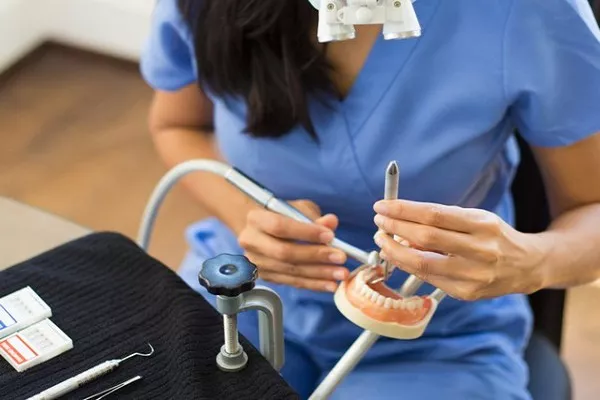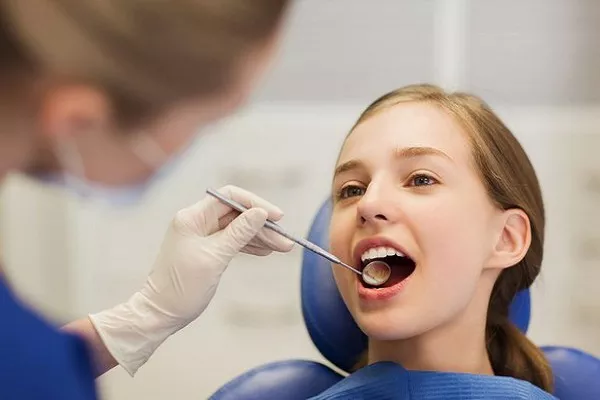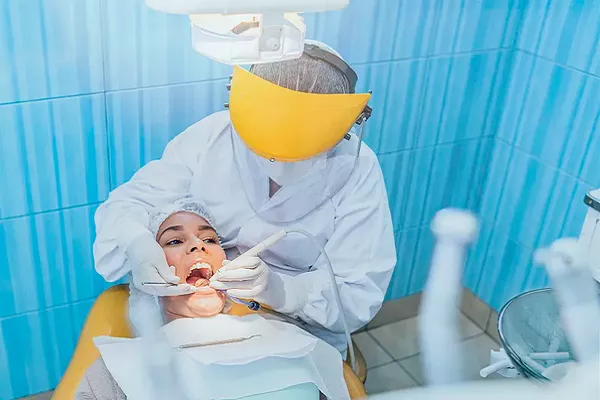The journey to achieving a healthy and beautiful smile often involves a combination of dental procedures, including dental crowns and braces. Many individuals wonder about the timing of getting braces after receiving a dental crown. Both treatments have unique implications for oral health and aesthetics, and understanding the ideal sequence can ensure optimal results. In this article, we’ll explore the factors that influence the decision of when to get braces after a dental crown, the considerations to keep in mind, and the benefits of a well-timed approach to orthodontic treatment.
The Importance of Dental Crowns and Braces
Dental Crowns: Dental crowns, also known as caps, are custom-made restorations that cover damaged or decayed teeth. They restore the tooth‘s functionality, aesthetics, and strength. Crowns can be made from various materials, such as porcelain, ceramic, or metal.
Braces: Braces are orthodontic devices designed to correct misaligned teeth and bite issues. They consist of brackets, wires, and sometimes bands, all of which work together to gradually move teeth into their desired positions.
Factors Influencing the Timing
Stability of the Dental Crown: Before considering braces, it’s important to ensure that the dental crown is fully stable and properly seated. The crown should have undergone the necessary adjustments and integration with the underlying tooth structure.
Orthodontic Evaluation: It’s advisable to undergo an orthodontic evaluation before getting braces. Your orthodontist will assess your dental condition, including the crown, and recommend a treatment plan tailored to your needs.
Orthodontic Treatment Plan: The complexity of your orthodontic needs plays a role in determining when to start braces. Some individuals may require a specific sequence of treatments to achieve optimal results.
Ideal Timing for Braces After a Dental Crown
Wait for Healing: After receiving a dental crown, it’s important to wait for any potential gum or tissue healing to occur before starting orthodontic treatment. This ensures that the crown is well-integrated and that the surrounding tissues are stable.
Consultation with Orthodontist: Consult with an orthodontist to discuss your desire to get braces. They will assess your oral health, review your dental history, and create a customized treatment plan that considers your dental crown.
Communication Between Professionals: Effective communication between your general dentist and orthodontist is crucial. They can collaborate to ensure that your dental crown and orthodontic treatment plan align seamlessly.
Benefits of a Well-Timed Approach
Optimal Results: Starting orthodontic treatment at the right time ensures that your dental crown is secure and that your teeth are positioned correctly for effective braces treatment.
Minimized Complications: A well-timed approach reduces the risk of complications or the need for adjustments to the dental crown during orthodontic treatment.
Enhanced Aesthetics: When the dental crown and braces are properly coordinated, the overall aesthetics of your smile are improved.
Improved Oral Health: Addressing orthodontic issues in a timely manner can contribute to improved oral health, as aligned teeth are easier to clean and maintain.
Considerations for Combined Treatment
Bracket Placement: The placement of orthodontic brackets can be adjusted to accommodate dental crowns. Your orthodontist will ensure that brackets are positioned to avoid interfering with the crown.
Types of Braces: Depending on the type of braces you choose (traditional metal, ceramic, or clear aligners), your orthodontist will determine the most suitable approach for your dental crown.
Additional Treatments: If your orthodontic treatment plan includes additional procedures, such as tooth extractions, your orthodontist will factor in the presence of the dental crown.
Conclusion
The decision of when to get braces after receiving a dental crown depends on various factors, including the stability of the crown, the recommendation of your orthodontist, and effective communication between your dental professionals. A well-timed approach to orthodontic treatment ensures optimal results, minimized complications, and an enhanced smile. By collaborating with your general dentist and orthodontist and following a treatment plan that takes your dental crown into account, you can achieve the smile you’ve always wanted, combining the benefits of both dental crowns and braces for a confident and healthy appearance.
Related Topics:































